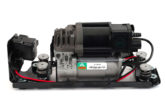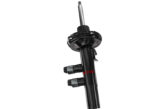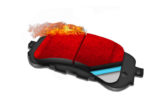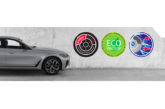
This is the final article in Tom Denton’s EV series. Previous articles looked at EV technologies and what is involved in repairing them. Tom also chose to be controversial at times, saying things like the hydrogen fuel cell car is not the way forward! Some of his comments below may be similar – but let’s keep the discussion going – then we all win. Tom hopes most people now agree that the world is changing and therefore we need to change what we do.
Electric vehicles on their own are not a solution to environment damage but climate forecasters agree they are a key part of the solution as we transition from fossil fuels. Road transport emissions are significant so a small change has a big effect.
One aspect of using EVs we have not covered is how they can form part of a domestic electrical system that has solar panels and storage. In my own house I have 4kW of solar PV panels, an 8kWh battery, an EV with a 58kWh battery, a smart charger and an immersion heater diverter – all controlled by an app. I hardly buy any electricity (9p per unit if I do) and I run my car, most of the time, for free. This required an investment but broke even (carbon and money) after seven years. Now I make a profit.
I know as an individual you can’t do this if you live in a fourth floor apartment. However, the building owner could, and each parking space could have a charger – there are always solutions.

Fire
There are many anti-EV myths, allow me to quench one. A car park fire at Luton airport recently resulted in lots of vehicles burning out; social media immediately blamed an EV. Bedfordshire fire service said the blaze started in a diesel car.
EVs burn and battery ‘thermal runaway’ can release toxic flammable gas. In ICE vehicles electrical faults or an overheated engine can cause fuel to burn. Data is still emerging, but EVs are much less likely to burn:
Norway’s official report says there are four to five times more fires in ICE cars
Australia (FireSafe) found there was a 0.0012 per cent chance of an EV battery fire, compared with a 0.1 for ICE
Tesla says the number of fires involving their cars from 2012 to 2021 was 11 times lower per mile than for ICE cars.
UK evidence is more anecdotal as fire services collect data separately but all state that there are fewer fires in EVs than in ICE equivalents.
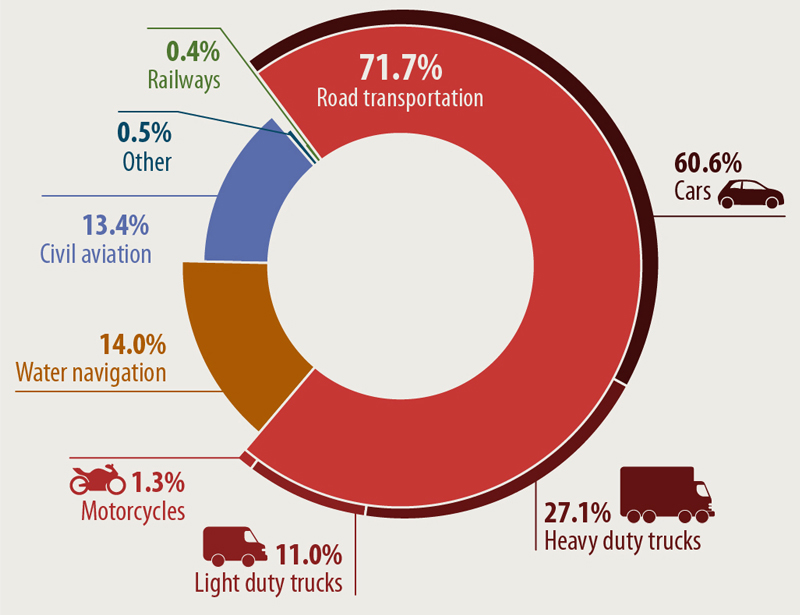
The EV’s reputation is damaged by electric scooters and bikes because many come from unregulated manufacturers and are modified using unreliable ‘internet’ parts. This area needs regulation as there have already been fires with tragic consequences.
And finally… Leaving aside motorsports but accepting we must change how we live, EVs are far better in every respect than ICE vehicles anyway!

